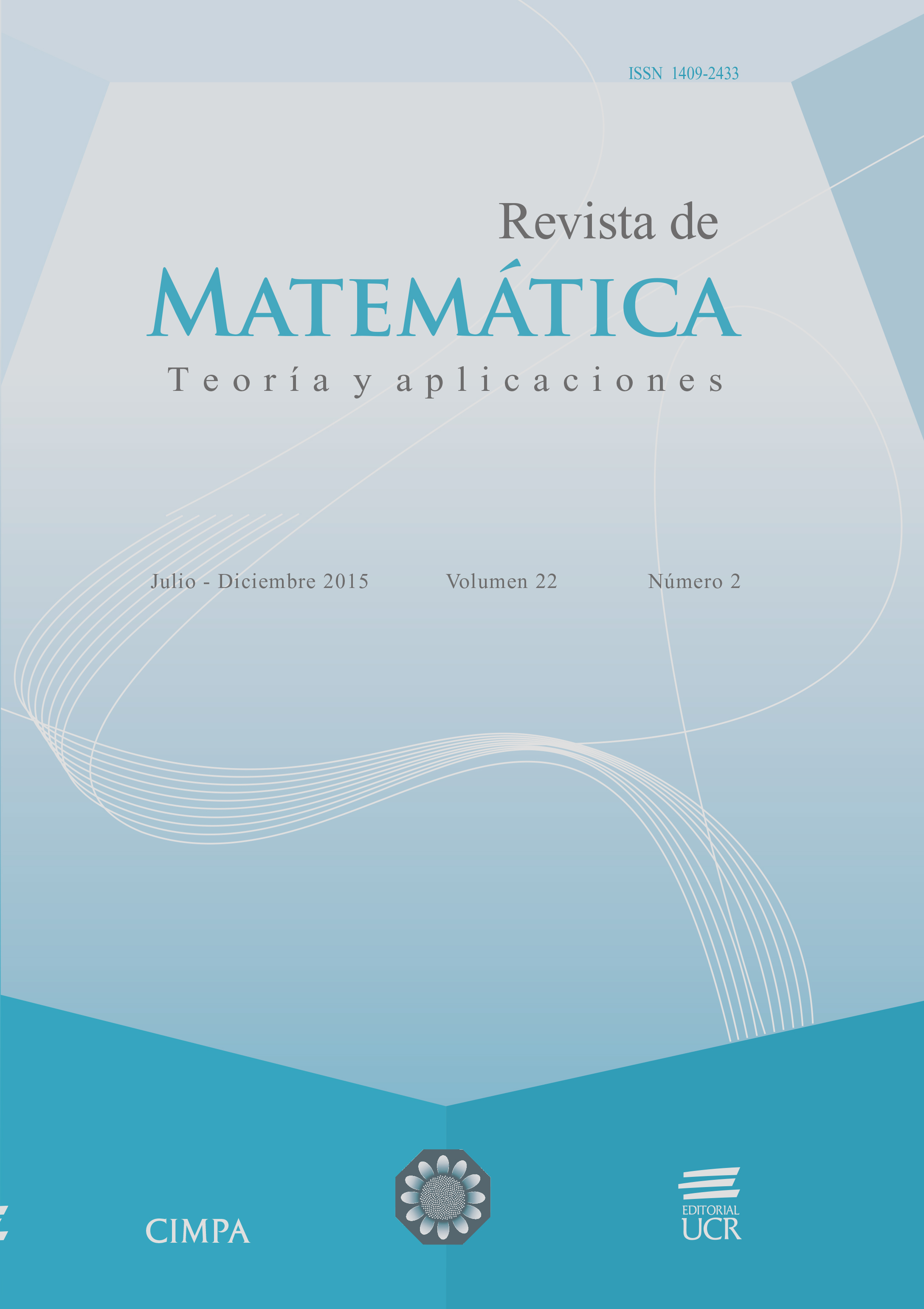Abstract
An accurate geoid model is needed for surveyors and engineers who require orthometric heights on a common datum, and environment scientists who require elevations relative to present sea level. Airborne gravity data has been collected by the National Geodetic Survey (NGS) under the Gravity for the Redefinition of the Amer- ican Vertical Datum (GRAV-D) project and is available along the coasts of the Gulf of Mexico. For this study we obtained a set of absolute gravity data derived from full-field gravity at altitude/elevation. We used the data to derive free-air gravity anomalies to establish gravity on the geoid. For spatial interpolation we used the kriging method to estimate gravity on the geoid in any location and kriging of the difference between gravity on the ellipsoid of reference and the geoid. Various kriging methods were used for evaluation of errors calculated in this study. The mean precision of the predicted values is around 1.23 cm, a very good result for coastal regions, which traditionally have sparse gravity data sets.References
Damiani, T.M. (Ed.) (2011) “GRAV-D General Airborne Gravity Data User Manual”. Theresa M. Diehl, ed., Version 1. GRAV-D Science Team. http://www.ngs.noaa.gov/GRAV-D/data/NGSGRAV-D_General_Airborne_Gravity_Data_User_Manual_v1.1.pdf, accessed 04/19/2012.
GRAV-D Science Team (2011) “Gravity for the Redefinition of the American Vertical Datum (GRAV-D) Project, Airborne Gravity Data; Block CS01”. In: http://www.ngs.noaa.gov/GRAV-D/datacs01.shtml, accessed 04/19/2012.
GRAV-D Science Team (2011) “Gravity for the Redefinition of the American Vertical Datum (GRAV-D) Project, Airborne Gravity Data; Block CS04”. In: http://www.ngs.noaa.gov/GRAV-D/datacs04.shtml, accessed 04/19/2012.
GRAV-D Science Team (2012) “Gravity for the Redefinition of the American Vertical Datum (GRAV-D) Project, Airborne Gravity Data; Block CS02”. In: http://www.ngs.noaa.gov/GRAV-D/data_cs02.shtml, accessed 04/19/2012.
GRAV-D Science Team (2012) “Gravity for the Redefinition of the American Vertical Datum (GRAV-D) Project, Airborne Gravity Data; Block CS03”. In: http://www.ngs.noaa.gov/GRAV-D/data_cs03.shtml, accessed 04/19/2012.
Hofmann-Wellenhof, B.; Moritz, H. (2006) Physical Geodesy (2nd ed.). Springer, Wien, New York.
Li, X.; Götze, H.J. (2001) “Tutorial ellipsoid, geoid, gravity, geodesy, and geophysics”, Geophysics 66(6): 1660–1668.
Moritz, H. (1980) “Geodetic reference system 1980”, Journal of Geodesy 54(3): 395–405.
National Oceanic and Atmospheric Administration (NOAA); National Ocean Service (NOS); Office of Coast Survey; Strategic Environmental Assessments (SEA); Division of the Office of Ocean Resources Conservation and Assessment (ORCA) (1994) “NOS80K -Medium Resolution Digital Vector U.S. Shoreline shapefile for the contiguous United States”. In: http://coastalmap.marine.usgs.gov/GISdata/basemaps/coastlines/nos80k/nos80k.zip, accessed 01/19/2012.
Paskevich, V. (2005) “STATE BOUNDS: internal US state boundaries”. In: http://pubs.usgs.gov/of/2005/1071/data/background/us_bnds/state_bounds.zip, accessed 01/19/2012.
Reguzzoni, M.; Sansó, F.; Venuti, G. (2005) “The theory of general kriging, with applications to the determination of a local geoid”, Geophysical Journal International 162(2): 303–314.
U.S. Geological Survey (2003) “HYDROGP020 - U.S. National Atlas Water Feature Areas: bays, glaciers, lakes and
swamps”. In: http://coastalmap.marine.usgs.gov/GISdata/basemaps/usa/water/hydrogp020.zip, accessed 01/19/2012.
Comments

This work is licensed under a Creative Commons Attribution-NonCommercial-ShareAlike 4.0 International License.
Copyright (c) 2015 Hongzhi Song, Alexey Sadovski, Gary Jeffress





